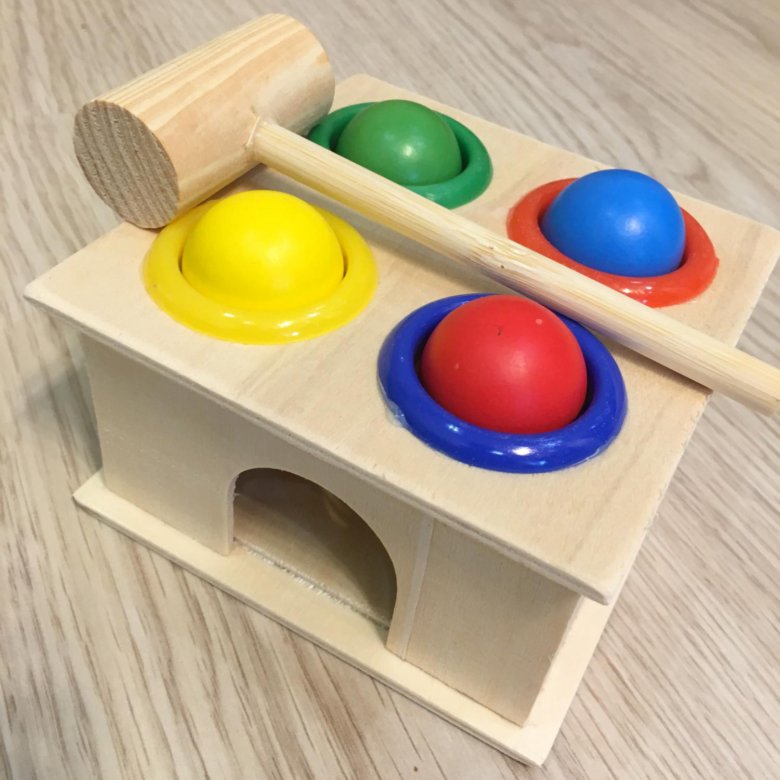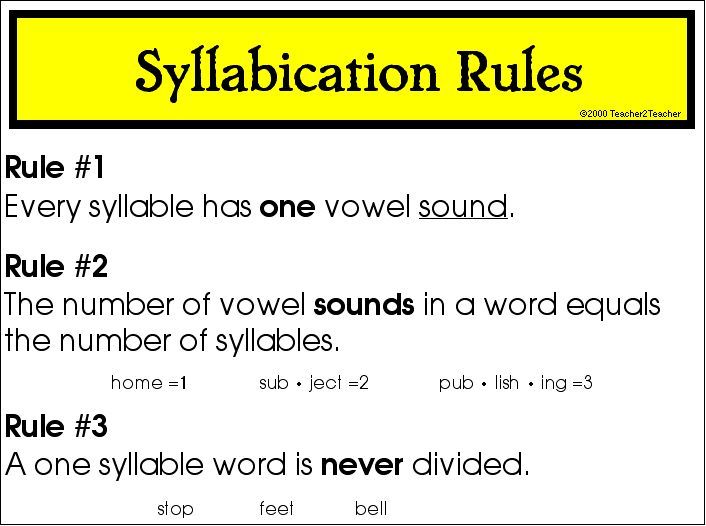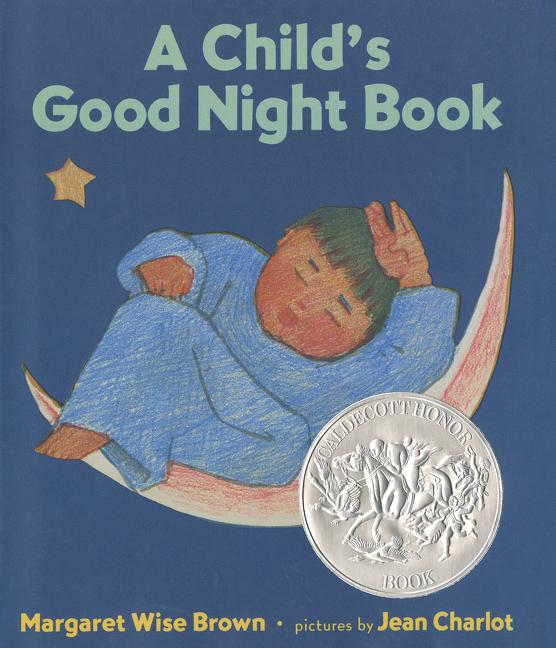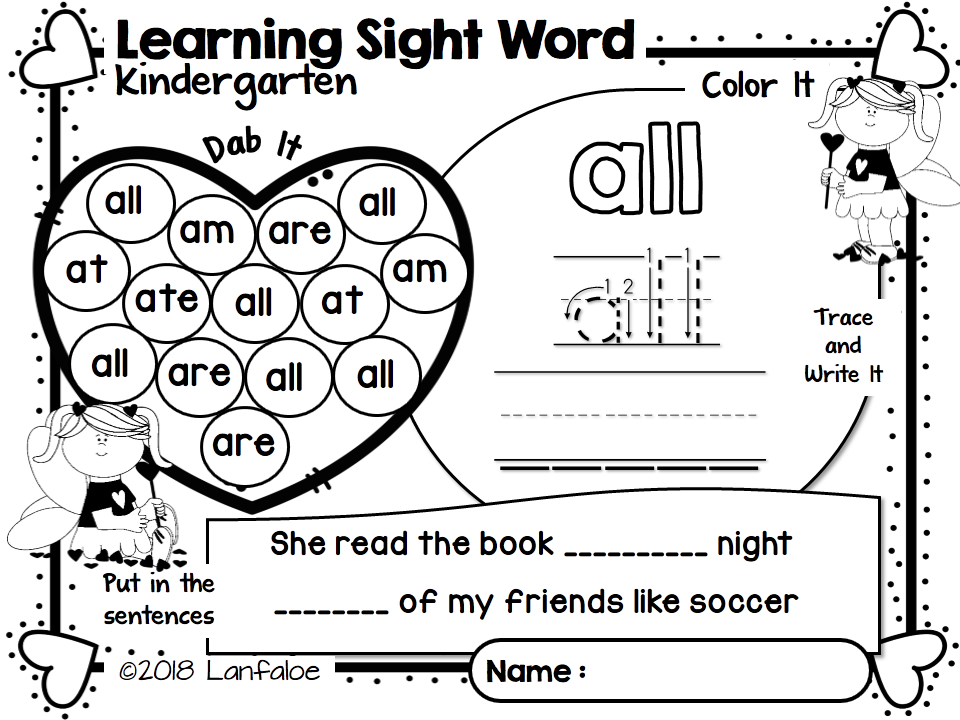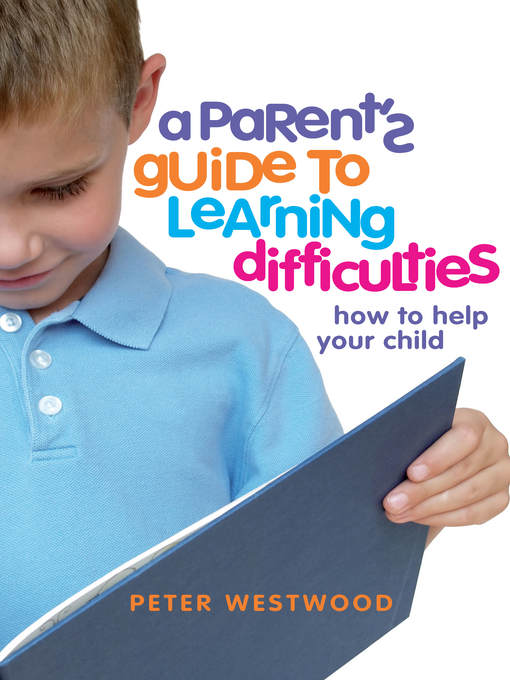Kids sharing toys
5 Ways To Teach Kids To Share, Plus Tips From Our Experts
If you’ve ever heard the words “gimme” or “mine” from your child followed by hugging tightly any item they want all for themselves, then you know how tricky kids sharing can be.
Young children usually put their own needs above others, and helping them understand that letting their sibling or friend borrow a prized possession is not the end of the world can be a challenge.
However difficult the task may be, it is still possible. In fact, there are various strategies you can use to help your child get comfortable with sharing. We’ll be discussing the most effective ones with you here.
Importance Of Kids Sharing
As your child starts socializing on playdates, in school, or in other social situations, encouraging them to share can help them build positive relationships with others.
Here’s how sharing benefits your child.
Friendships
The more your child learns how to share, the easier it will be for them to make and keep friends.
Friendships can be complicated, and we’re not implying that just because your child shared their toy truck today, they have now built a lifelong friend.
However, kids are naturally loving and grateful, and when someone is willing to share some of their prized possessions, it makes building friendships easier.
Give And Take
Most relationships require both parties to operate on a give-and-take basis.
When your child learns how to share, they begin to understand that they will probably get something of value in return. For example, now that they’ve shared their doll with a friend, the two of them can have a tea party with their dolls!
Emotional Development
Social and emotional development is a lengthy process that begins in early childhood. When your child starts sharing, they learn to let go of something they might value without throwing a tantrum.
The above are just a few areas where kids sharing can prove to be very beneficial for children. But before encouraging your child to hand over their toys, it’s essential to know whether or not they are ready.
But before encouraging your child to hand over their toys, it’s essential to know whether or not they are ready.
Is Your Child Ready To Share?
Here’s a look at some of what you can expect from young children at different stages of their development.
Toddlers
Most toddlers don’t understand sharing quite yet. Toddlers are still learning to manage their feelings, and they tend to be impatient and egocentric.
This makes it challenging for them to comprehend why they have to wait their turn if another child is playing with something they want.
The key components to introducing sharing behavior here are continued encouragement and lots of practice.
Preschoolers And Kindergarteners
Children three years and older understand the basics of sharing and taking turns. However, they are still emotionally developing and may be reluctant about giving up something they have.
You can encourage sharing by speaking to your child about other people’s feelings.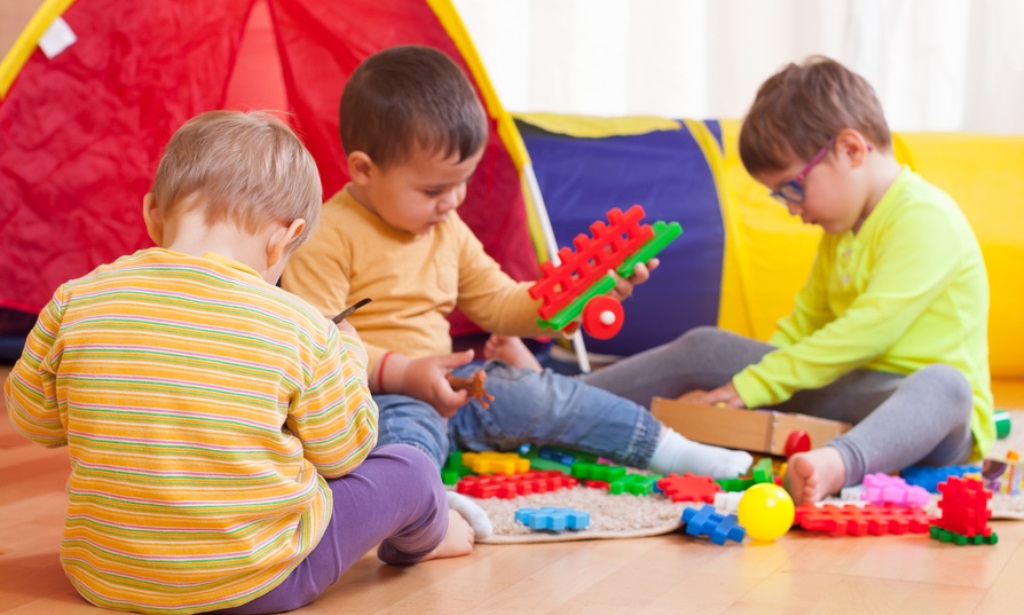 Children tend to view life from their own perspective. Helping them see how hurt someone else is can encourage sharing and empathy.
Children tend to view life from their own perspective. Helping them see how hurt someone else is can encourage sharing and empathy.
5 Ways To Encourage Kids To Share
1) Model Generosity
Children learn best about sharing when they witness sharing behavior. So, share your slice of cake with them or allow them to try on your hat.
Help them see you share with other people as well. For example, “I’m going to share my favorite scarf with my friend,” or, “My friend asked for my cookbook, so I shared it with her.”
Modeling sharing behavior in these low-stress situations can help your child begin to understand that sharing is a normal part of life.
2) Talk About It
Sometimes talking things through will help your child learn that sharing doesn’t have to be catastrophic.
You can start speaking about sharing when there is plenty to share. For example, “We have six cookies to share between you and your friend. You pick one, and your friend can pick another.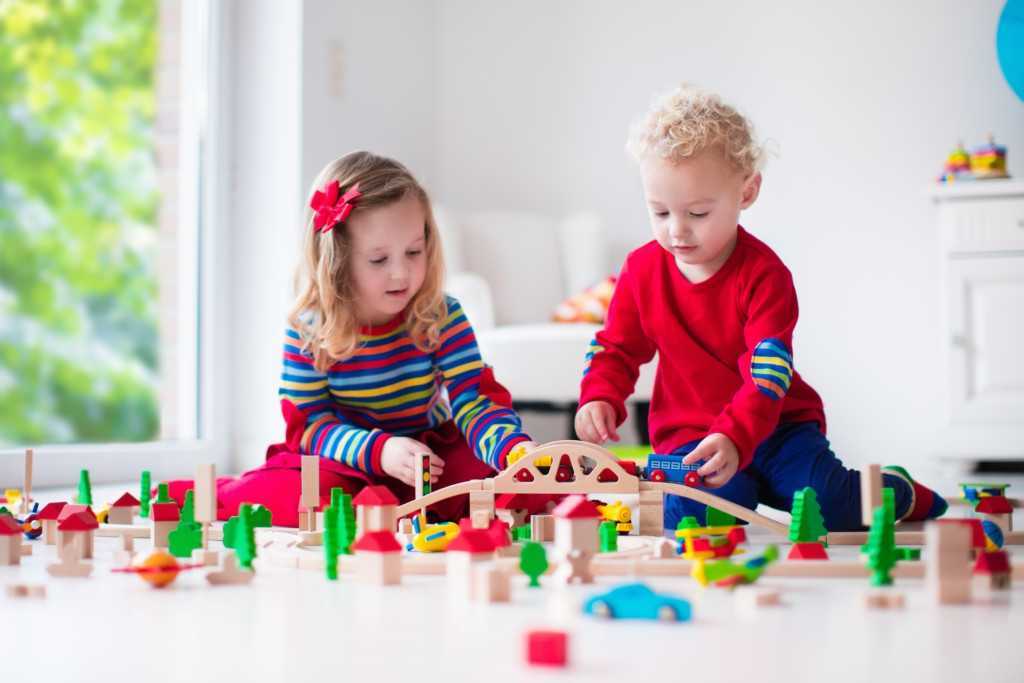 ”
”
To help encourage kids sharing, continue speaking to your child about the positive aspects of it. For instance, you can highlight that sharing their ball means they can play a game of catch with a friend.
That being said, things aren’t always going to run smoothly. For example, your child’s friend might be the one holding back the ball.
In these situations, try to focus on explaining how the friend might be feeling. “David really likes that ball and wants to play with it now. Let’s see if we can find something else to play with.”
Communication is best when it’s two-sided, so don’t forget to allow your child to express themselves, too. At this stage, they may not be able to put into words what they are feeling. However, you can say, “You look disappointed that David won’t share his ball with you.”
This helps your child see that you recognize and understand their feelings. However, while we encourage talking things through, timing is just as important.
If, for instance, your child is having a squabble with another child over a toy and emotions start to flair, it’s best to remove your child from the situation.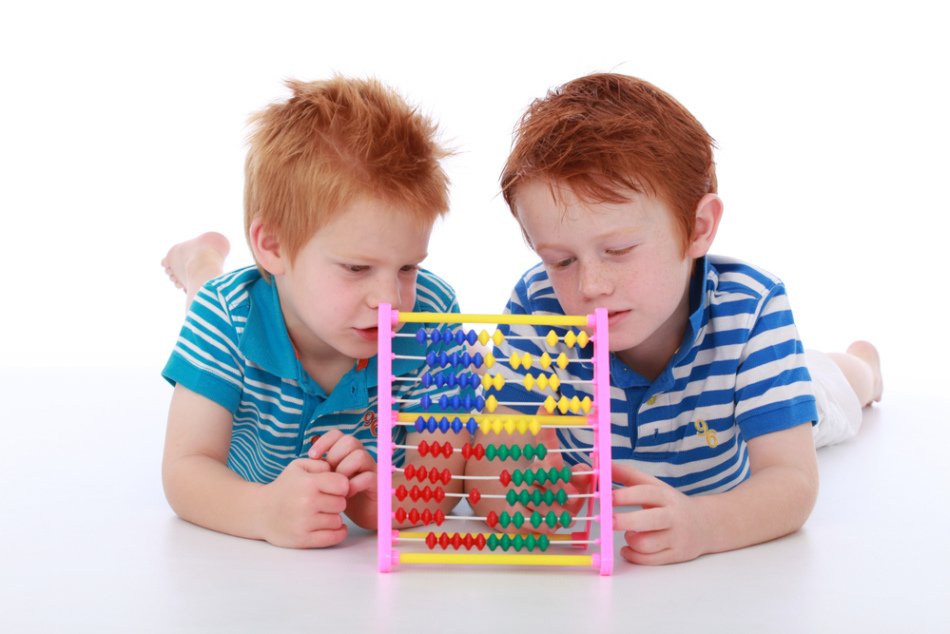 Once they have both calmed down, you can then speak to them again about sharing.
Once they have both calmed down, you can then speak to them again about sharing.
3) Practice Positive Reinforcement
Positive reinforcement is a great way to encourage your child to keep sharing. For example, you might say, “I’m so proud of you for sharing your toy with Josh today!” Young children thrive with lots of encouragement, so this can be extremely helpful.
If your child’s friend is the one sharing, remember to praise them as well!
4) Encourage Problem-Solving
When your child has a firm grip on their favorite toy, the concept of sharing it with their friend may not have occurred to them.
You can encourage them to share by introducing the idea of taking turns and setting a kitchen timer to help manage the process (or problem-solve). Offering ways to solve the problem can lead kids to come up with their own solutions.
But even with lots of encouragement, sometimes children may not be ready to share certain toys. That’s OK!
In these instances, offer your child a choice of what to share. For example, “If you don’t want to share your favorite doll, can you find another doll to share with your friend?”
For example, “If you don’t want to share your favorite doll, can you find another doll to share with your friend?”
5) Make It Fun
Teaching kids sharing doesn’t have to be boring or involve a lot of lectures. There are fun and simple ways to encourage this through everyday life.
For example, you can take turns adding pieces of a jigsaw puzzle, watering some plants, or even unpacking shopping bags together. The idea here is to allow your child to see how enjoyable sharing can be.
Tips For When Sharing Is Difficult
You might follow some of the above strategies and find that your child still has trouble sharing. What can you do then? Let’s take a look.
Offer A Long Turn
Earlier, we mentioned that after speaking to your child about sharing, you can help them understand that it’s not permanent by setting a timer for the sharing process between your child and their friends.
To encourage good sharing behavior, increase the timer so they have more time with the toy.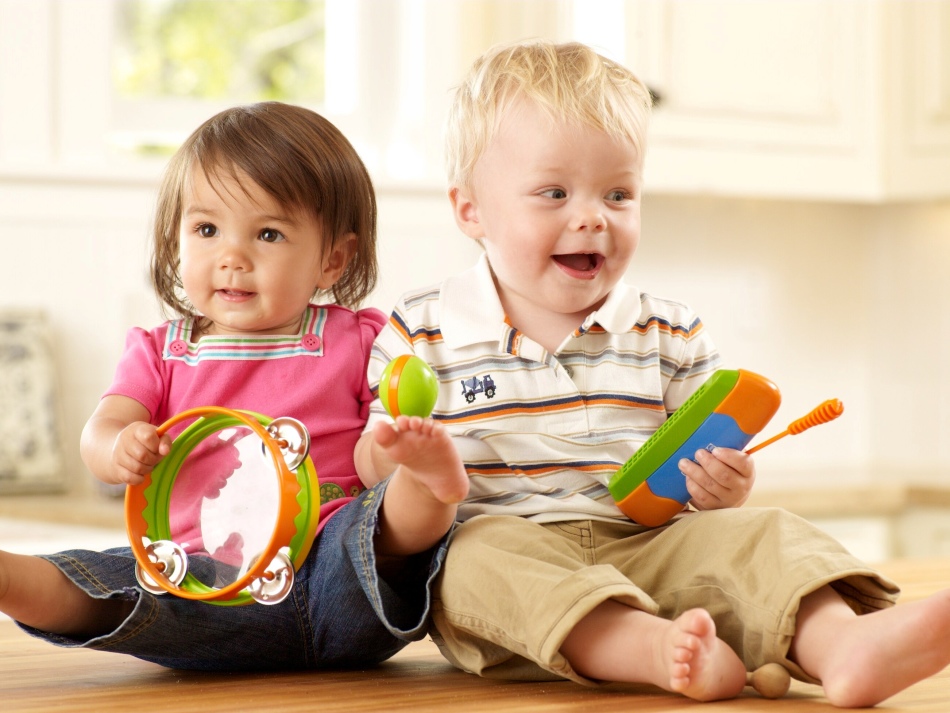 If your child is waiting to play with a toy, try to take their mind off of it by focusing on other options.
If your child is waiting to play with a toy, try to take their mind off of it by focusing on other options.
Don’t Punish Your Child
If your child throws a tantrum or refuses to share their toy truck with a friend, it can be embarrassing and frustrating for you.
However challenging, remember that not wanting to share doesn’t make your child selfish! It might take a while for your child to willingly share anything they love, and punishing them will not make the process easier.
In fact, punishing or labeling your child (saying words like, “You’re so selfish”) may make them associate sharing with negative consequences, which can discourage them.
When you’re faced with a tantrum or continuous arguing, we recommend having your child take a few minutes of quiet time in another room to calm themselves. You can also show them how to practice deep breathing.
Expect Selective Sharing
We’ve discussed the importance of sharing and some strategies you can use to help your child see that sharing is good.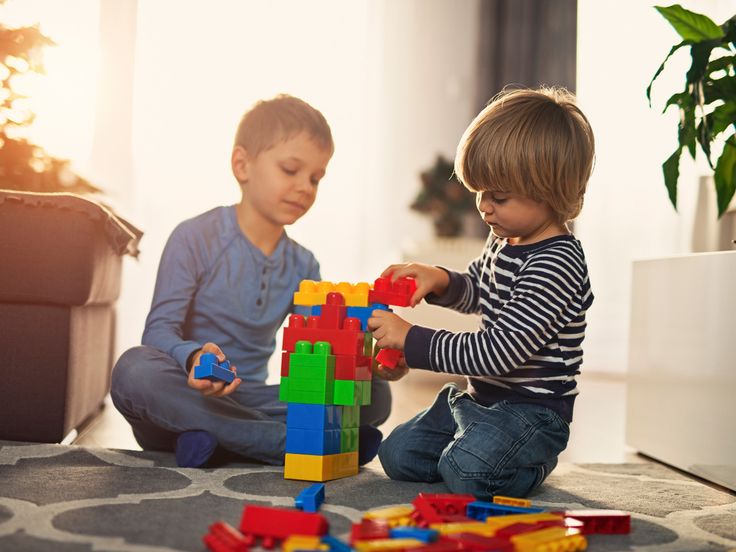 But what happens when they refuse to share certain things even after you’ve followed the tips above?
But what happens when they refuse to share certain things even after you’ve followed the tips above?
First, realize that it’s natural for your child to have a favorite toy, book, or other item that they simply don’t want to part with. Next, respect that and ask permission from your child before allowing their friend or sibling to borrow that item.
You may also want to tell the friend or sibling that a specific toy or book is too special to your child and ask what item your child would be happy to share.
Finally, don’t force the issue. Put the item aside and try again another time.
Sharing Is Caring!
As parents, we love to see our kids sharing with their friends or siblings. But getting them to do so with open hearts and smiles on their faces isn’t always an easy task!
Follow the above strategies to help make the process go a little smoother. And remember to stay patient as you keep encouraging your child to take turns.
Sharing is just one of the skills key to children’s development.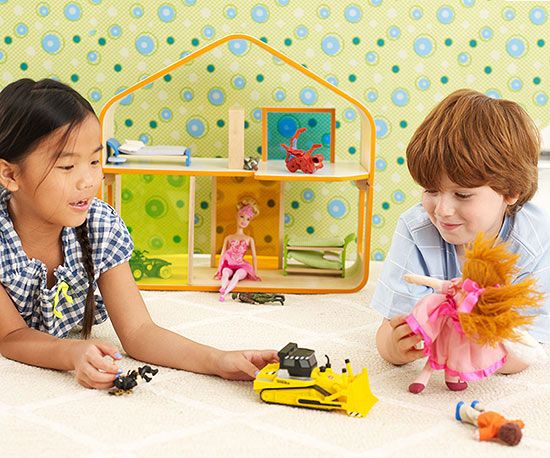 Check out the HOMER program to learn more about helping your child thrive in different aspects of their growth!
Check out the HOMER program to learn more about helping your child thrive in different aspects of their growth!
Author
Tips for teaching children to share
Sharing (or, more precisely, the lack thereof) is a common topic among parents and educators of young children.
Reading different Facebook groups, you’ll often find posts about children who won’t share and caregivers questioning how to help them. The advice given on those boards can vary widely from buying numerous copies of the same toy so everyone has one, to using a timer to set the amount of time a child can use a toy.
But what is sharing at its core and why do we ask young children to do it?
Developmental readiness for sharing
Sharing teaches cooperation, collaboration, and teamwork. Sharing with friends and family can increase the unity and bond you feel with them. Many acts of kindness involve sharing — of time, money, or resources.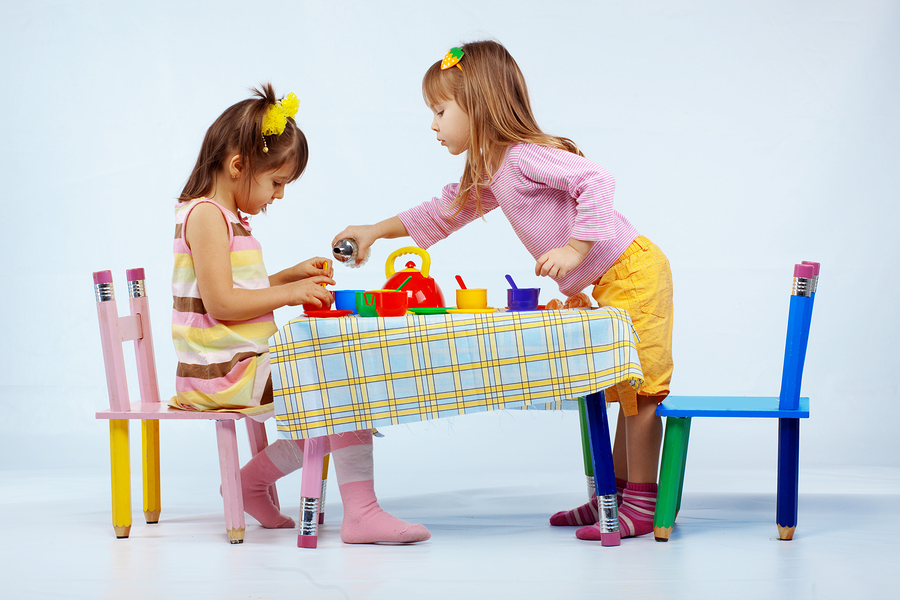 Personally, sharing can make us happier and live longer.
Personally, sharing can make us happier and live longer.
The ability to share is a developmental milestone. Just like you wouldn’t expect a 3-month-old to walk or a 2-year-old to read, you can’t expect your child to share until they are developmentally ready to share. I know, I know… somewhere out there is a parent or educator who is saying, but my child COULD read at 2 years old! However, just like any other milestone, there is an age range, but most children will not even begin to understand the concept of sharing until they are able to understand that others have a different point of view from theirs.
Consider the stages of children’s psychosocial development (psychosocial relates to one’s psychological development in, and interaction with, a social environment; in other words, how a child grows and relates to the society around him). Young children are naturally very egocentric. They have difficulty seeing anything outside their own point of view.
Egocentrism is very different than egotism.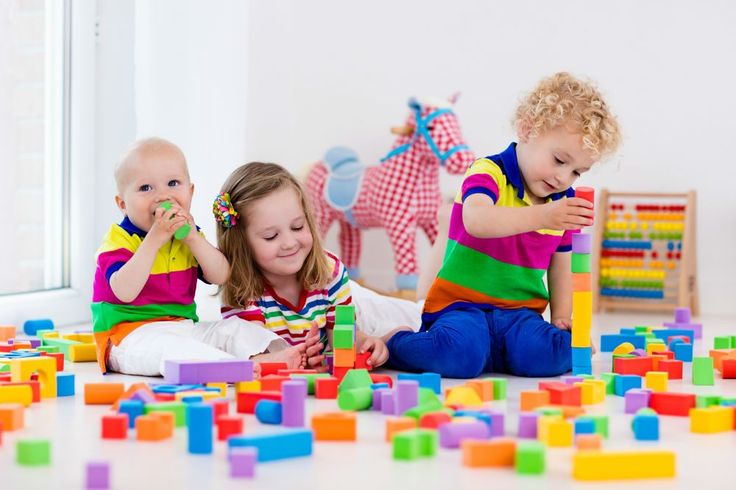 The egotist believes that she or he is superior to others. Egocentricity in young children is a developmental stage. They are egocentric not because they are selfish or self-centered, but because they are incapable of seeing things from another’s perspective.
The egotist believes that she or he is superior to others. Egocentricity in young children is a developmental stage. They are egocentric not because they are selfish or self-centered, but because they are incapable of seeing things from another’s perspective.
Many researchers — for example, Piaget and Erikson — have shown this to be true. They have proven that during the ages of approximately 2 – 7 years old, children are slowly learning to understand that others have different thoughts, perspectives, and ideas than their own. During this period children will be resistant to parents and other caregivers asking them to share because they are only just beginning to understand the concept.
Is that to say that we shouldn’t ask our children to be giving with others? Should we not ask them to share their toys? No. Just like any other skill, sharing takes practice, time, and positive reinforcement. There are many things adults can do to help a child learn to share.
Tips for teaching sharing
1.
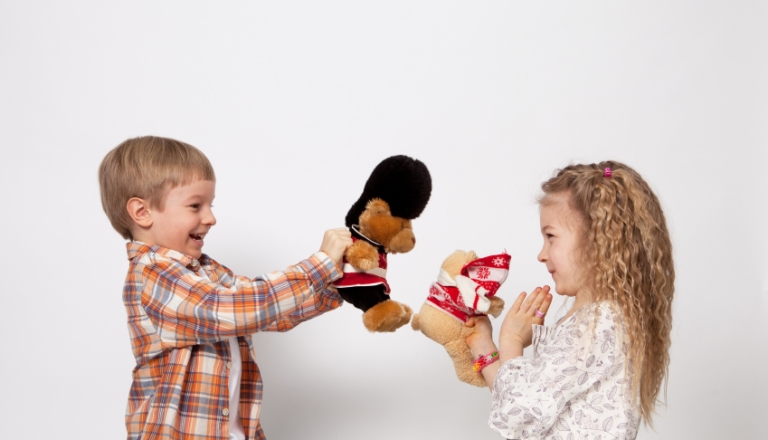 Sharing is not just about objects
Sharing is not just about objectsSharing is not just about sharing your physical belongings. It’s not just about those favorite blocks or doll. Sharing is also about sharing time, turns, and themselves. Young children are just beginning to learn to take turns, to wait until daddy finishes the dishes to read a book or to share their time helping a grumpy friend feel better.
It’s very helpful for adults to model and encourage sharing of all kinds. So whether you are making soup to take to your sick neighbor or waiting in line at the grocery store, these are opportunities for you to teach your child about sharing in a natural way.
2. Teach the language of sharing
Early on, it’s important that your child hears the language of sharing. For example, I’ve worked with children in a multi-age environment. I had an infant and several toddlers, along with slightly older preschoolers together in my program. The infant’s needs often took precedence over many of the older children’s needs.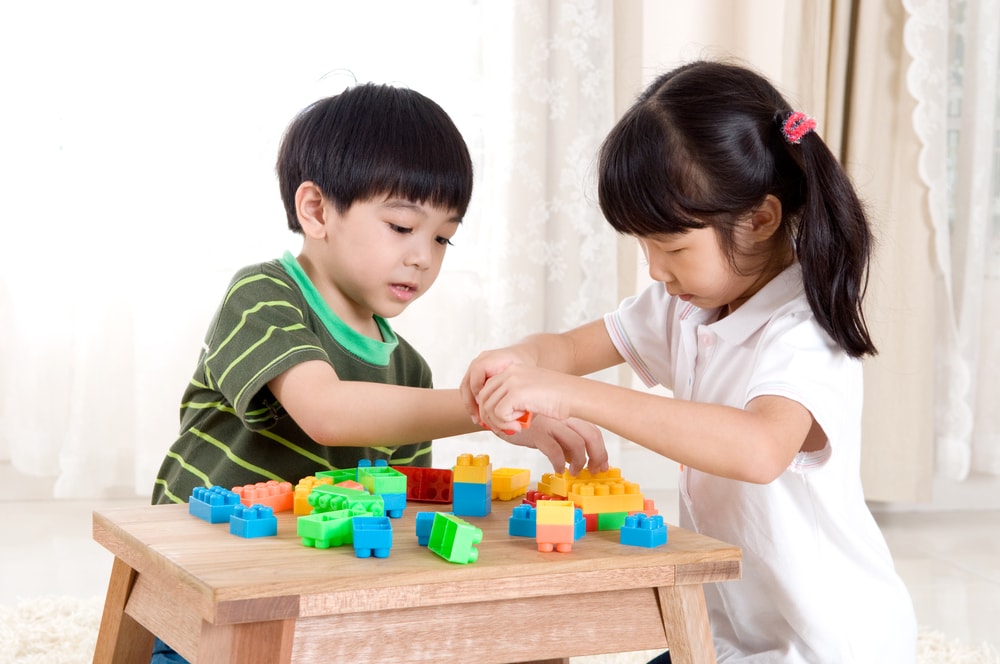 When an infant needs to be fed or held or changed it’s obviously important to take care of those needs quickly.
When an infant needs to be fed or held or changed it’s obviously important to take care of those needs quickly.
Inevitably, the needs of the baby coincided with the toddlers’ and preschoolers’ needs. So, while I was feeding the baby, I would be talking to the other children, saying things like:
- “I know how frustrating it can be to wait, but right now it’s the baby’s turn. Soon it’ll be your turn.”
- “Can you help me with the baby by bringing me the wipes? Wow! What a good helper you are.”
- “Can you sing the baby a song while I’m changing her diaper? She’s not very happy right now.”
Give the children words for their feelings, frustrations, and actions. Praising their ability to share (whether it be sharing their time, their feelings, their toys, etc.) gives them the confidence to try it again.
I also made it a point to talk out loud to the baby when it wasn’t her turn. For example, when I was in the middle of serving lunch to 5 hungry children and the baby became fussy and cried, I would say, “just a minute, baby! Right now it’s their turn, but next it’ll be your turn,” or “hold on, baby, I just need to serve everyone their lunch and then it’ll be your turn. ” This wasn’t really for the baby’s sake; it provided the older children with the language of taking turns. It allowed them to internalize the fact that they were all taking turns and sharing.
” This wasn’t really for the baby’s sake; it provided the older children with the language of taking turns. It allowed them to internalize the fact that they were all taking turns and sharing.
3. Play cooperative games
Playing cooperative games with your child is a great way to reinforce the concept of sharing in a fun, relaxed environment. Taking turns while playing a board game or putting together a puzzle can give children practice sharing with others. Even informal games you play with your toddler or preschooler such as rolling a ball back and forth across the room or taking turns adding a block to a tower can give your child another way to practice sharing.
4. Allow your child to not share in some cases
There are times when it’s perfectly okay for your child not to share. In these situations, it’s important for you to set up your child for success. For example, your friend is coming over to your house with her children. You know there are toys that are very special to your child. Make sure to put away the toys that are very special to your child so that they aren’t an issue or allow your child to put things in their room that they don’t choose to share and shut the door. Giving your child the space to keep certain things for themselves may help them be more willing to share their other toys.
Make sure to put away the toys that are very special to your child so that they aren’t an issue or allow your child to put things in their room that they don’t choose to share and shut the door. Giving your child the space to keep certain things for themselves may help them be more willing to share their other toys.
5. Set your child up for success
Plan ahead and prepare your child for whatever situation is coming. Explain what will be happening in simple terms. For example, “Daddy’s friend Max and his kids are coming over this afternoon. When they get here they are going to play with you! How fun it will be to play together with your toys! I know that some toys like your teddy bear are very special to you. What do you think about putting Teddy away while your friends are here so he’ll be safe in your room?”
6. Positive reinforcement and direction
Just like with any other skill your child is learning, it’s important for you to be patient and offer positive reinforcement as your child learns to share.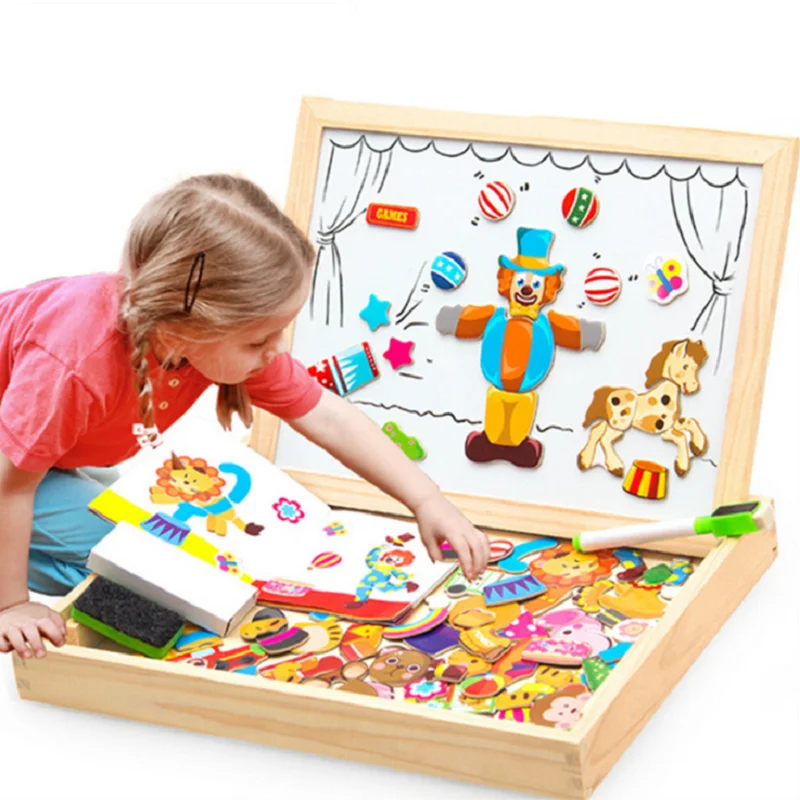 I know it can be embarrassing when your child loudly refuses to share their sand toys at the park or when your preschooler hoards all of the Legos at the table. Instead of escalating the situation and trying to force your child to share, diffuse the situation by bringing out something they can do cooperatively such as play dough or coloring. Change up the environment by bringing them outside. And remember, once your child is sharing, offer praise for their efforts!
I know it can be embarrassing when your child loudly refuses to share their sand toys at the park or when your preschooler hoards all of the Legos at the table. Instead of escalating the situation and trying to force your child to share, diffuse the situation by bringing out something they can do cooperatively such as play dough or coloring. Change up the environment by bringing them outside. And remember, once your child is sharing, offer praise for their efforts!
In-class or home techniques to try
Here are some tried and true techniques that have been used by preschool educators for decades:
1. Have multiple of favorite toys
While this may be more practical in a group care setting, having multiples of favorite toys can take the pressure off. However, this doesn’t always work. Toddlers and preschoolers are unpredictable. They still, somehow, often fixate on “the one” even when all of the toys are identical. I’ve dealt with arguments over a specific yellow chair (when all the other chairs were also yellow) or the red playground ball (when all the other balls were also red).
2. Use a timer to take turns
Some educators set a timer for turn-taking. They will give each child a certain amount of minutes before they need to stop and give the toy to the next friend. This can be helpful because it takes out the adult element. The timer is to blame for your turn being over. However, a pitfall with this technique is that it stops a child mid-play which can be upsetting.
3. Allow children to play with a toy until they’re done and then share
In my program, this was the method I used most often. All of the children knew that if you chose a toy it was okay to play with it until you were done and then it was the next person’s turn. It wasn’t okay to hoard all of a certain type of toy and it wasn’t okay just to carry that toy around or hide it when you weren’t using it, but if you were actively using that toy, it was yours until you were done.
Through the years, I found that this technique took a lot of pressure off of me and the children.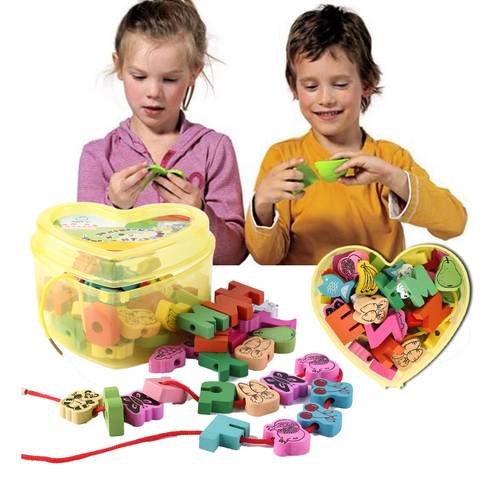 When they had control of the situation, they often shared more quickly and effortlessly than any time I asked them to share. The others learned that everyone who wanted a turn would get one. Obviously, this didn’t work smoothly all of the time. Toddlers and preschoolers aren’t known for their patience and understanding. I had some crying tantrums and frustrated children, but no method works smoothly for every child.
When they had control of the situation, they often shared more quickly and effortlessly than any time I asked them to share. The others learned that everyone who wanted a turn would get one. Obviously, this didn’t work smoothly all of the time. Toddlers and preschoolers aren’t known for their patience and understanding. I had some crying tantrums and frustrated children, but no method works smoothly for every child.
4. Make a list
Allow children to set up a schedule of their own. I saw in another program recently where an educator had a clipboard and a paper/pencil. When there was a particular thing many children wanted to use, they were responsible for putting their name (or their letter or their shape or however they could mark their spot) onto the list. The child playing would check the list when they were done and the next person took a turn. This turns control over to the children and allows everyone to be listened to and get a turn. It also has the added benefit of sneaking in some purposeful, meaningful writing.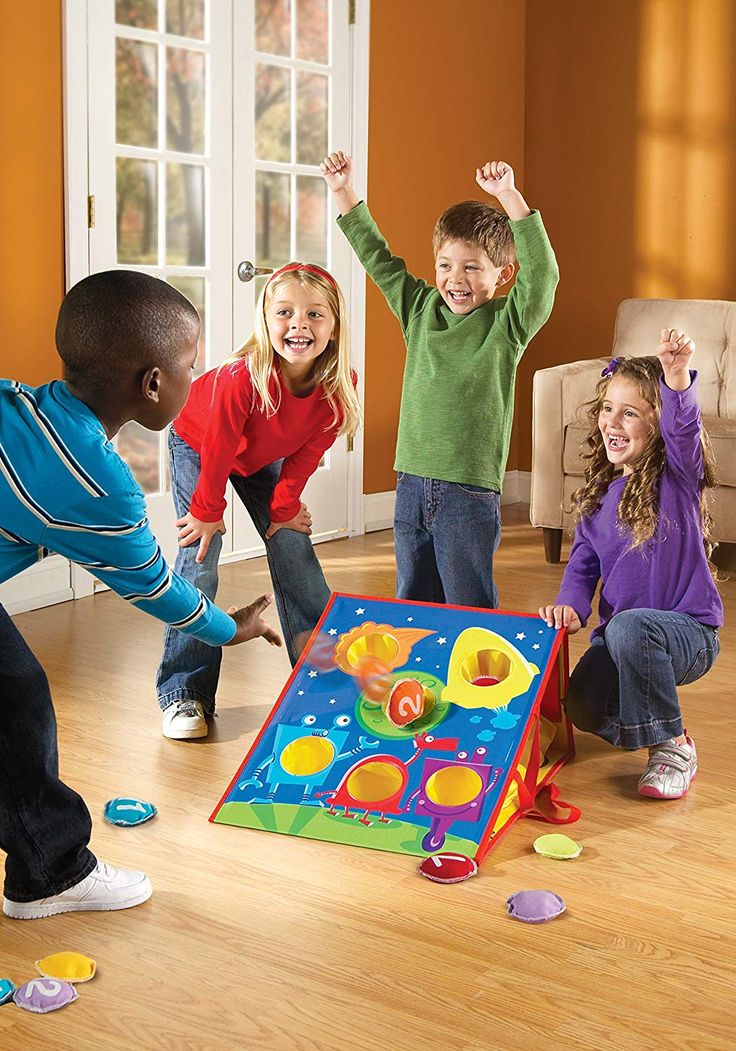
The road to teaching a child to share is a marathon, not a sprint. It’ll take time, but through positive reinforcement, modeling, and patience, your child will be well on their way!
Should a child share toys?
Recently received the following letter:
“Hello. One problem worries me: I have two children - a 4-year-old boy and a 2-year-old girl.
The brother constantly offends his sister, is greedy, does not give toys, he has a favorite car that he drives at home, and so he does not allow her to even sit on it, let alone ride.
I understand that she is now of such an age that she is interested in everything. But how to explain to your son that you need to share with everyone, and not be greedy. After all, at home you explain to him that being greedy is not good, but he still continues to yell: This is mine! Do not touch!
I am the only one who takes care of their upbringing, dad is rarely at home and does not try to take care of them.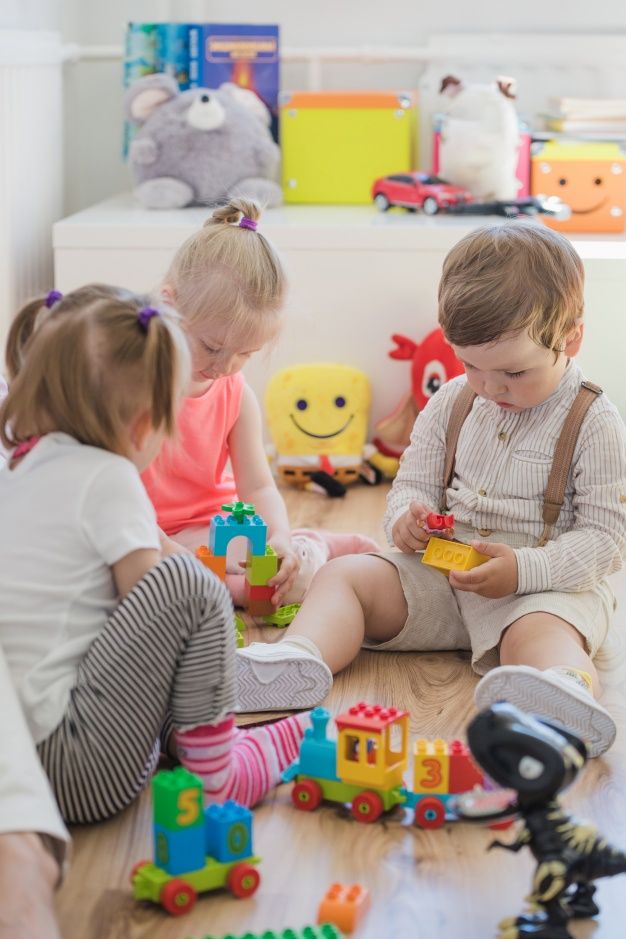 Advise how to improve the relationship of children with each other?
Advise how to improve the relationship of children with each other?
This is a very good question that prompted me to write this article.
Is the child "greedy"? Let's figure it out
Often parents have an attitude that a child should definitely share his toys, and if he does not do this, then he is greedy.
Although, when it comes to us adults, it would be strange if someone told us that we should share with other people, for example, our mobile phone, wallet, computer, favorite cup, jewelry, car, or we are greedy!
Sounds funny, doesn't it?
The fact is that for a child his personal toys are the same value as our personal belongings are for us. He, just like an adult, has the right not to want to share his personal belongings with other people, including members of his family. This right must and must be respected.
I don't mean now the situation where you have to share the last piece of cake with your family or share the leftover soup or share other things that are meant for everyone. Now I mean exactly the personal things that are bought, donated to the child, and he has the right to decide how to deal with them.
Now I mean exactly the personal things that are bought, donated to the child, and he has the right to decide how to deal with them.
What about older and younger children in the family?
When parents insist that older children share toys and other personal things with younger children, and even more so their favorite things, this definitely leads to jealousy between them.
The older child is very offended that the mother does not understand his feelings and takes the side of the younger one, taking his need for a toy more seriously than the older child's need to establish his personal boundaries and a sense of ownership.
You need to be calm about the fact that children do not want to share with each other and explain to them that each of them has the right to dispose of their toys as they want:
“This is your brother’s toy and he does not want to share it, it is his right. You also have your toys, you can share them whenever you want and with whom you want.
”
Children who are taught to share with everyone and cannot say “no” grow into adults who try to please others all the time and everywhere, cannot say “no”, do not know how to defend their interests and often act to their own detriment because they are brought up so that their feelings and needs mean nothing.
Or, on the contrary, compensating for what was not received in childhood, an adult will be unnecessarily stingy where it is necessary to give and share.
Recommendations for parents with several children in the family
1. In addition to common toys, each of the children must have their own toys.
2. It is desirable that new toys for children be bought at the same time (if this is not timed to coincide with the birthday). If something is bought to one, then the other also has something of his own (according to interests).
3. Each child should have a place in the room for their toys: their own shelf, their own container, their own box or corner.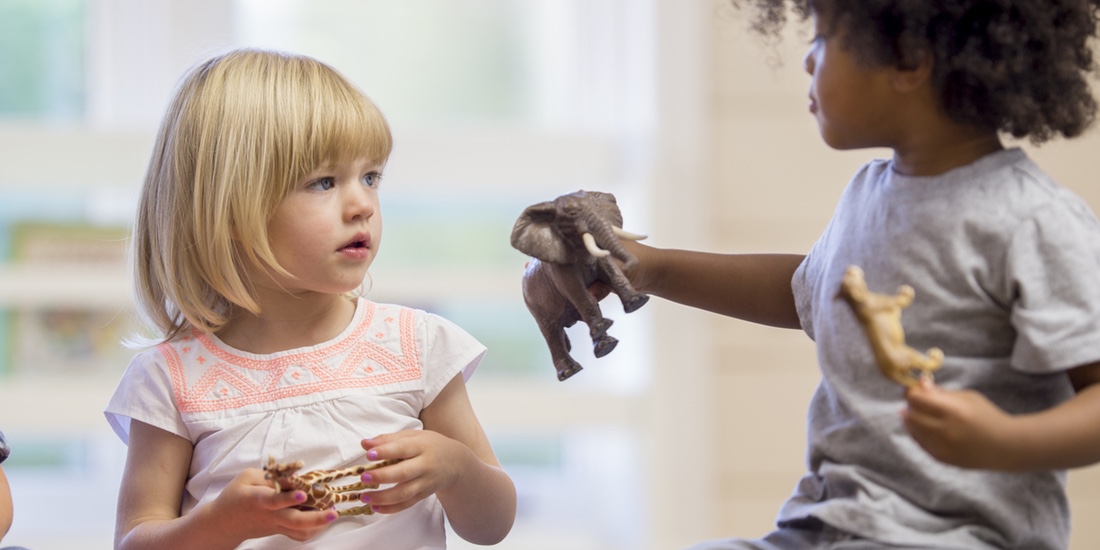
4. It is necessary to explain to children that they can play together with common toys at any time, but they cannot touch and take each other's toys without asking. Children must learn to respect the other person's property and respect their right to say no.
5. It is important to teach a child to ask another child correctly and politely for permission to play with his toy or change temporarily.
It is also important to teach children to respect rejection. Say: “Sometimes you don't want to give out your toys either. It happens. You need to be able to respect the desire of another person.
6. If one toy is given to both children and there is always a division around it, help the children come up with some kind of schedule for using this toy: Monday, Wednesday, Friday - one plays as much as he wants, Tuesday, Thursday, Saturday - the other . You can hang such a schedule on the wall in the children's room (for older children).
Or you can come up with other options, but they must be fair and no one should be offended. No need to make a concession to someone who is younger. Both children have the same right to play with this toy, regardless of age.
No need to make a concession to someone who is younger. Both children have the same right to play with this toy, regardless of age.
(In the situation that Natalya describes, I, as a child psychologist, would advise you to buy a similar car for your youngest daughter, or instead of a car, something that you can also ride. Arrange with the older child so that he rides in another room or hallway, not in front of my sister.)
7. Never label a child as “greedy”, it is very insulting and humiliating. It is as if you are saying to the child: “Not wanting to give another person your favorite thing is shameful and bad. You should!". Immediately think of yourself in a situation where you are asked to use your phone, computer or wear your favorite clothes. And if you refuse, they will say that you are a dishonorable person.
Conclusions
Be calm and understanding when your children do not want to share toys with each other. This is normal and does not mean that something is wrong with the children.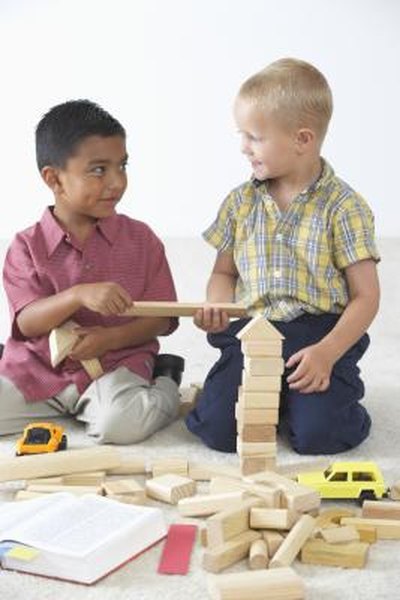 Each child should have their own personal belongings and the opportunity to dispose of them at their own discretion.
Each child should have their own personal belongings and the opportunity to dispose of them at their own discretion.
Children should be taught to ask permission to play with another child's toys, to negotiate, to exchange toys, but also to respect the other's right to refuse. In a word, be polite and respect the boundaries of another person, regardless of his age, gender and other qualities.
P.S. If you liked this article, please share with your friends by clicking on the social media buttons on the left. And, as always, I welcome your comments and questions below.
See also:
Why modern parents do not teach their children to share - Moscow 24, 08/11/2021
August 11, 2021, 09:00
Society
In childhood, each of us heard: "We must share!" Many modern children also grow up, guided by this rule. Many, but not all. Why don't parents teach this to their children and is it worth insisting that the child distribute his toys to other kids? Journalist, mother of two children Yevgeny Borodin reflects on this.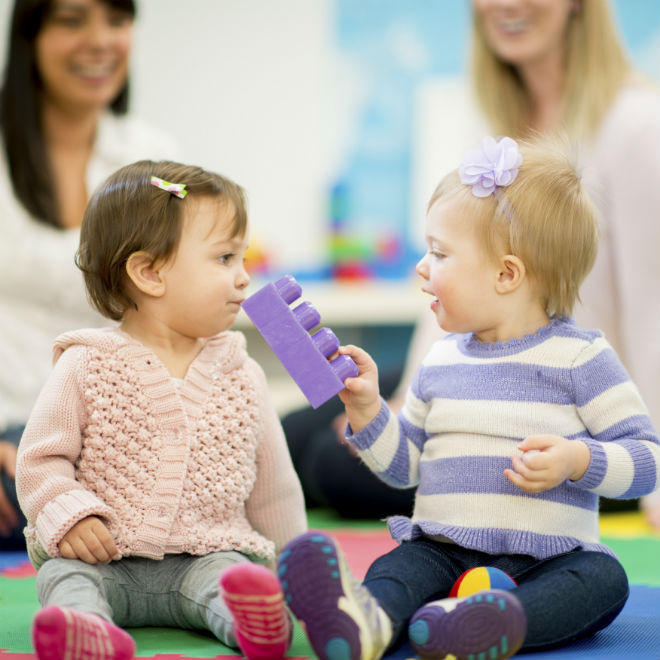
Photo: depositphotos/stetsik
Everything in the sandbox is shared. This unspoken law of previous years has recently begun to acquire amendments. According to some parents, it is not necessary to teach children to share with peers. For example, Masha shouldn't give Katya her beautiful shape, and Petya himself decides whether Grisha can sit on his bike. Why has it become irrelevant to share your things? Modern parents have different opinions on this matter.
"Why should a child give his toy to someone, even if only temporarily? Dad doesn't share his computer. And mom doesn't take turns carrying an expensive leather bag with her girlfriend," some argue. Such adults are sure that a child should develop a sense of ownership from an early age, and the need to give his things to others violates his rights, makes him nervous and worried.
Other parents themselves feel uncomfortable when other children play with their toddler's toys. And not only because his child, puffed up, is waiting for the spatula or typewriter to be returned to him.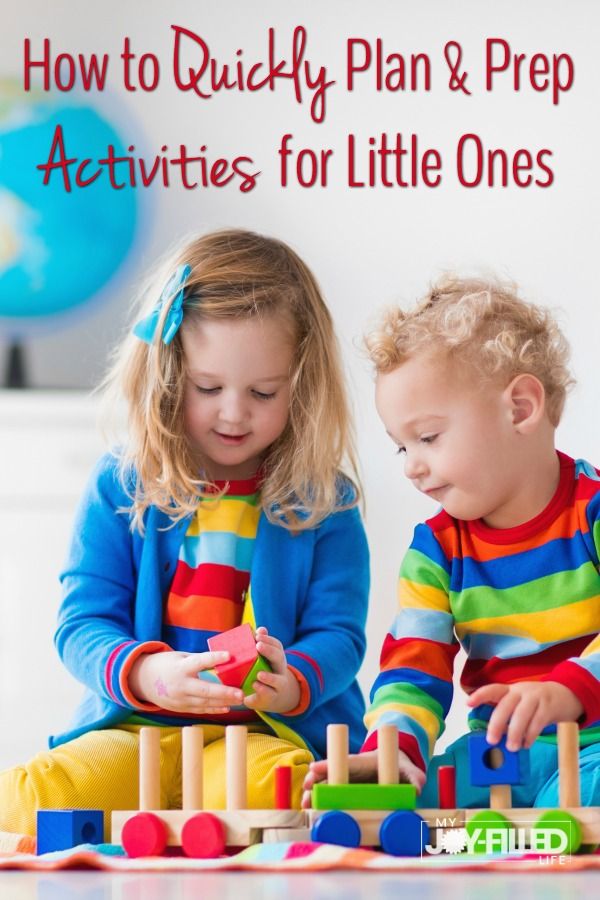 Mothers are afraid of the moment when they have to pick up toys before leaving home. Sometimes it turns into a whole drama: someone else's baby cries, clinging to a trinket, his own also roars, believing that he will have to part with the toy forever. And be sure to come across parents who do not consider it necessary to put pressure on their child, for a long time trying to diplomatically negotiate with him, detaining the owners.
Mothers are afraid of the moment when they have to pick up toys before leaving home. Sometimes it turns into a whole drama: someone else's baby cries, clinging to a trinket, his own also roars, believing that he will have to part with the toy forever. And be sure to come across parents who do not consider it necessary to put pressure on their child, for a long time trying to diplomatically negotiate with him, detaining the owners.
And some mothers try not to interfere at all, leaving the situation at the mercy of the owners of the toy or believing that the children themselves will figure it out. Parents who do not want to make unnecessary problems tell their kids to play with their bunnies and bears alone.
Vigilantly watch their good and those adults who once fell into an unpleasant situation when other people's fidgets broke the data for the time of the toy. In such cases, not everyone considers it necessary to even apologize. And then the parents of the "injured party" make a radical decision: not to let anyone near the things of their child.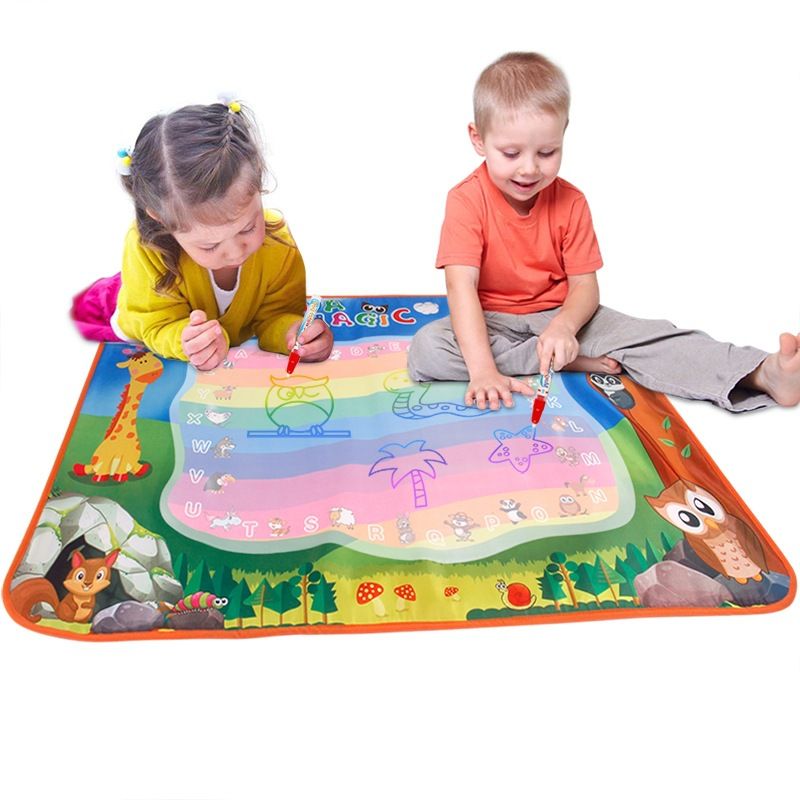
There is another important circumstance: psychologists believe that children under the age of three are not able to share their things. Kids do not understand that they are giving theirs for a while, and not forever. And parents, knowing this, do not insist on generosity, believing that the skills of a collective game will come with time. What to do in order not to grow up a greedy and selfish person, but also not to bring up a soft-bodied mumbler?
Photo: depositphotos/FamVeldman
Experienced parents advise not to insist, forcing the baby to share if he does not want to. And even more so, under the roar of an offended child, one should not take away his toy and pass it to another child with the words "greedy" or "I'm ashamed of your behavior." Is it necessary to be good for others to the detriment of your loved ones?
It's also wrong to scold a kid in public. Try to take him aside and calmly explain that it is customary to exchange toys on the playground, because all children have different toys, and other children are interested in playing with what they do not have.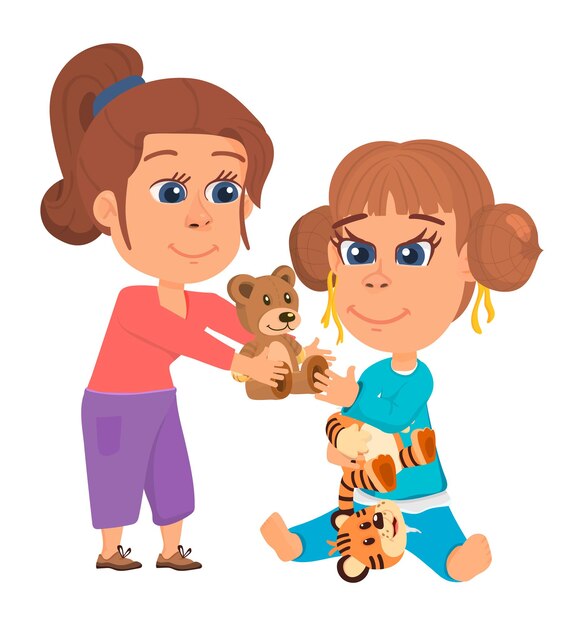 You can give examples of how adults lend each other different things for a while. For example, dad gave uncle Yura a fishing rod, and aunt Katya lent mom a baby monitor for her younger brother.
You can give examples of how adults lend each other different things for a while. For example, dad gave uncle Yura a fishing rod, and aunt Katya lent mom a baby monitor for her younger brother.
When a kid stubbornly refuses to give his toys to anyone, but plays with strangers himself, you can even take him away from the playground, explaining that it is embarrassing for you to stay here in such a situation. If you do not force things, act patiently and do not adjust the little one to the standards, then everything will come by itself.
We must not forget that a child should have things that belong only to him. And he has every right not to give such items to anyone if he values them, and you are afraid for their safety. The kid should be able to say "no", protecting their personal boundaries. When he grows up, he will use this skill when building relationships with other people. For example, if there are doubts whether to lend money to an unfamiliar or unreliable person.